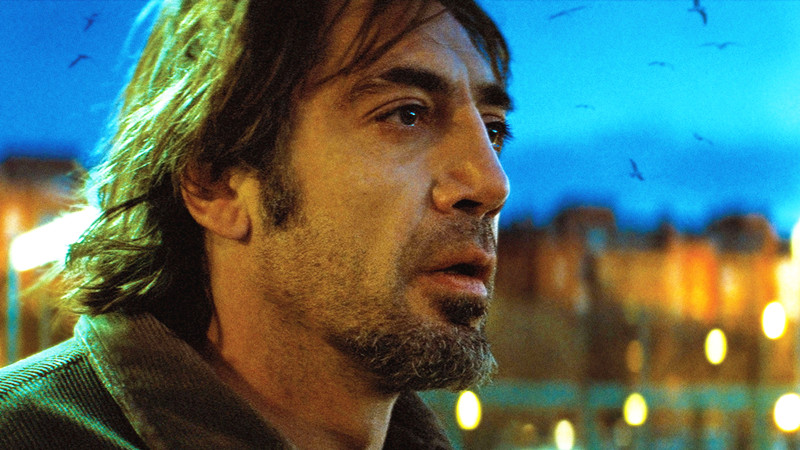
Derek Jarman once said “Oh how Shakespeare would have loved cinema!” and he was right. The Bard would have been in love with Cinema passionately. As he himself was a huge fan of devastating cruelty and soothing beauty in his art. All at the same time. Cinema in its purest form is a reflection of life. Pain, heartache, loss, anger as well as joy, peace and visual perfection. Because this is the human experience whether we like it or not. That is also what movies represent.
That being said, this lists contains movies that stand out more when it comes to cruelty and beauty. Striking in their visualization and mortifying in their narration. They bring out both the best and the worst in humanity. Just like true Cinema should do.
15. Amour
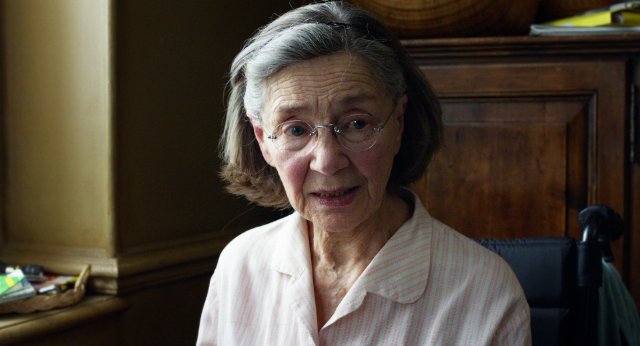
Michael Haneke is a director that chills us to the bone each and everytime. This time, it is a bit different. Normally he does not shy away from showing physical violence on camera –I’m looking at you, Caché- but in Amour, the director makes us face what we sometimes ignore: Brutal cruelty and sheer emotional violence.
Shot by shot, line by line, we slowly understand what Anne is talking about when he calls George a kind monster in the beginning of the film. His trademark bourgeois setting seems bleaker by the second. When we come to the end of this horrific ride, we are still shocked, knowing fully well that it’s the only way this could end.
Haneke is cruel with his characters, never fully giving them comfort. Always nerve-wracking with his storytelling, he keeps us on the edge. He is cruel with the audience as well. Just when they think everything is going to be fine, he simply says no. Life is cruel. Your world may come crashing down any minute. Can you survive? In his world, you most certainly can’t.
14. City of God
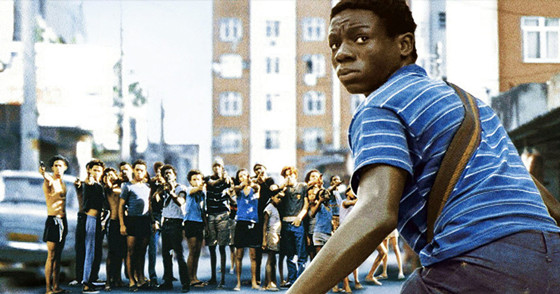
Anyone who has seen this movie will tell you that it has one of the best opening sequences of all time. I am talking 2001: A Space Odyssey level of visual satisfaction. It has rhythmical editing that tells us all about the slums which we are ready to explore. Upbeat Samba music joins the sound effects of the knife. Violent images dancing with the images of celebration. This sets the tone.
One of the strongest themes of the movie is when one is truly happy, all is taken away from them. They are left with nothing. Hardly the feel-good movie of the year. But it’s undeniably beautiful. It speaks of lives that have it hard. It makes us wonder why they are trying so hard to survive. What is the point? Well… Life is the point and Fernando Meirelles does an excellent job to get his point across.
13. Alanis
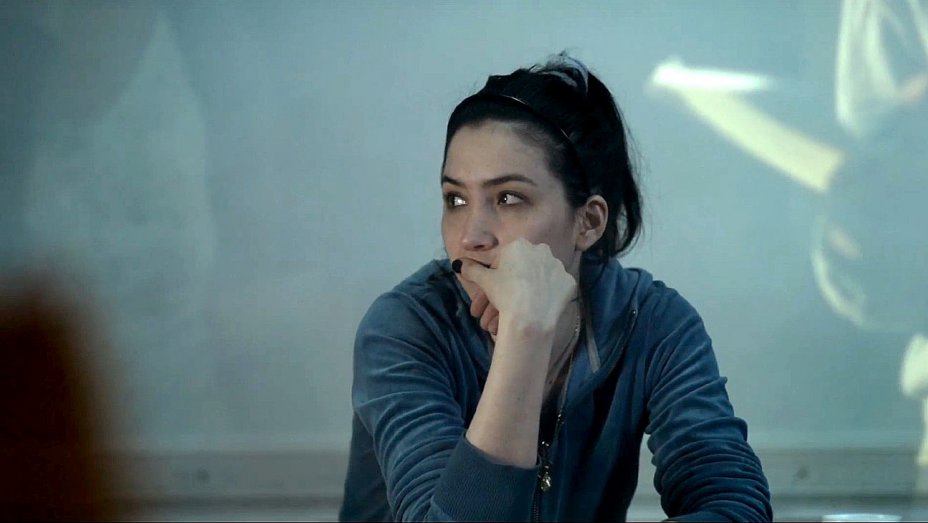
Alanis is a young mother who is a sex worker. After the authorities find out about her employment, she is forced to evict her apartment. Oh wait, with her almost two year old child. Although the material is pretty grim, the movie itself is full of colors and neon lights.
Coming face to face with discrimination and racism, Alanis struggles to make a living. Criminalized by the same laws that are there to protect her, yet she is determined to survive. If anyone can make it, it’s her. Female director Anahí Berneri gives us a perceivably jaw-dropping movie that cuts our hearts into tiny little pieces in the process.
12. Bicycle Thieves
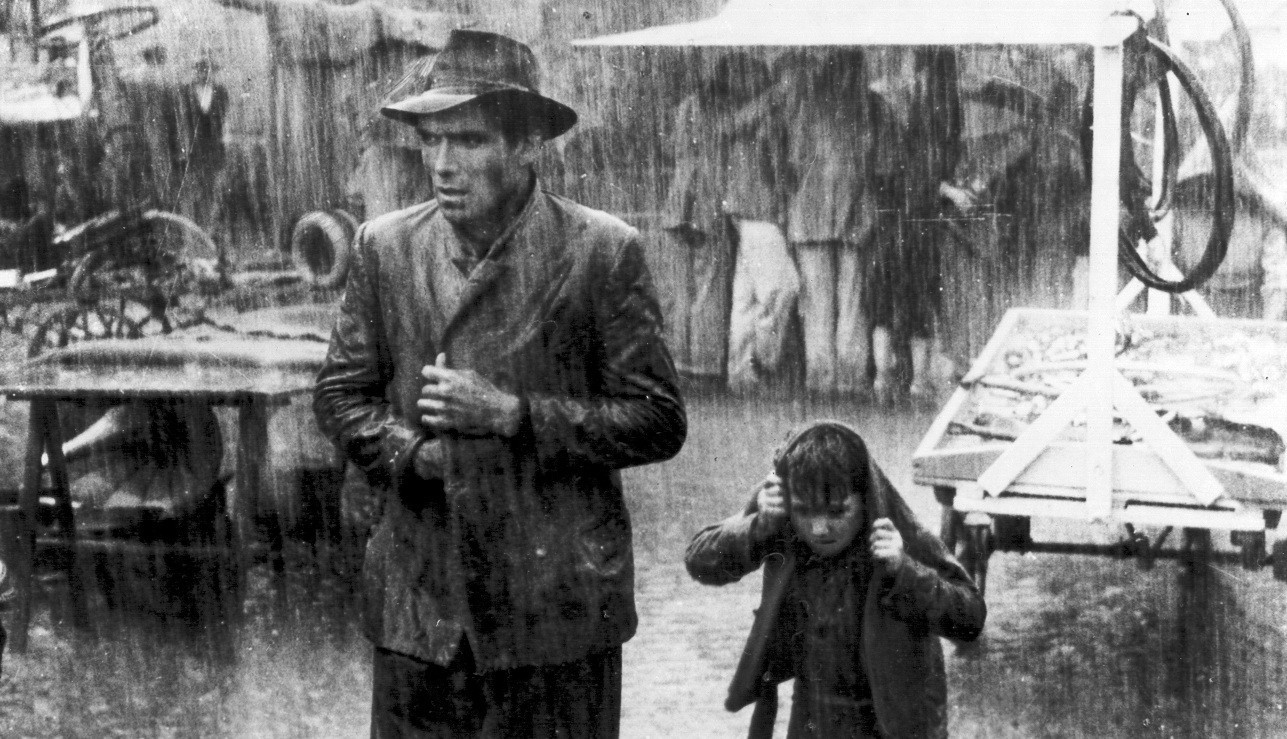
Oh Vittorio, why must you do this to us? Adored as one of the masterpieces of Italian neorealism, the movie is mainly about poverty and horrible loss of dignity. Some scenes are sure to be watched through your fingers. Because the human experience can be cruelly humiliating at times.
The movie focuses on the relationship between a man and his young son. Both actors are amateurs, so you know those feelings are coming from somewhere true. Each and every moment that you see on screen, a piece of life in Italy after WWII becomes apparent. The writer Zavattini makes it as real as possible.
With the masterful direction of De Sica, the movie turns out be one of the greatest movies ever made. The scene towards the end –if you watched it, you know what I’m talking about- that scene alone can shatter a soul. How cruel, but how meaningful! It also makes you cry your eyes out, in unbelievable devastation. Simply because a man who needs a job loses his bike.
11. The Silence
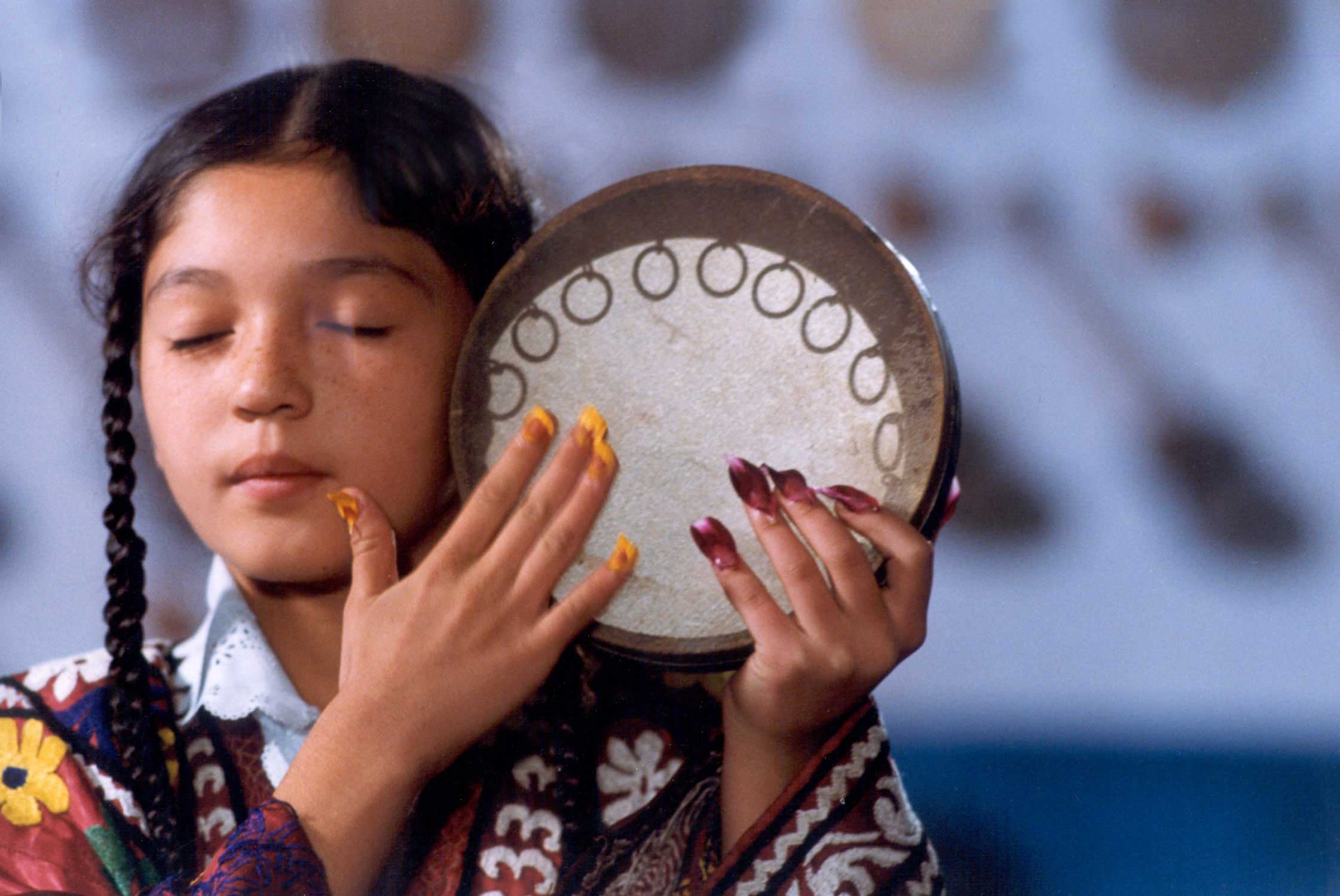
Iranian writer-director Mohsen Makhmalbaf has always been scrutinized for his changing cinematic intentions. By the time he made The Silence he was so taken with Sufism that he had abandoned traditional narrative structure. You, the audience, are left on your own to make sense of what is presented on screen.
Nadereh and Khorshid are two children in Tajikistan who are also really good friends. Khorshid and his mother are in danger of being evicted from their home–that sounds like a theme in cruel movies- and Khorshid’s job of selling musical instruments is how they find the money to manage their lives. But that may change, of course. Since he is blind, the movie is exceptional in the sound department. Music and effects are how he perceives this rich world that is all around him. All in all, it is a sad, but somehow hopeful movie.
10. A Clockwork Orange
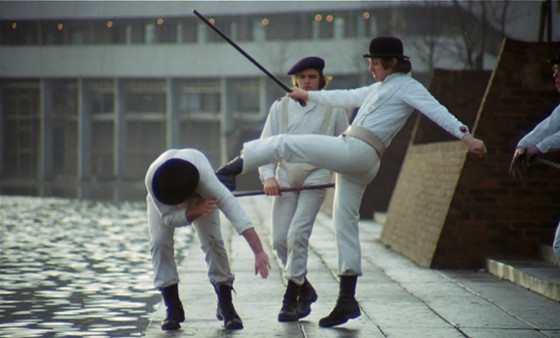
A masterpiece in its own right, the movie elevates what Anthony Burgess brought to the table with the book. The world owes Stanley Kubrick big time. Not only was he one of the greatest directors in existence, but also he challenged society’s norms. Roger Ebert once called the movie an ideological mess. That it may be, yet it’s a cult classic to this day. Why? It shows us a society that is rotten to the core. He also gives us a main character that is rotten to the core.
The movie certainly ages well. It is about moral negligence and violence as entertainment. It shows us institutions that use brainwashing to control the masses. And that final sequence… The whole movie is full of violence, rape and just plain awfulness. On the contrary, it’s visually exquisite. Kubrick uses the wide-angle lens so well and those sets and costumes… Well, they speak for themselves.
9. The 400 Blows
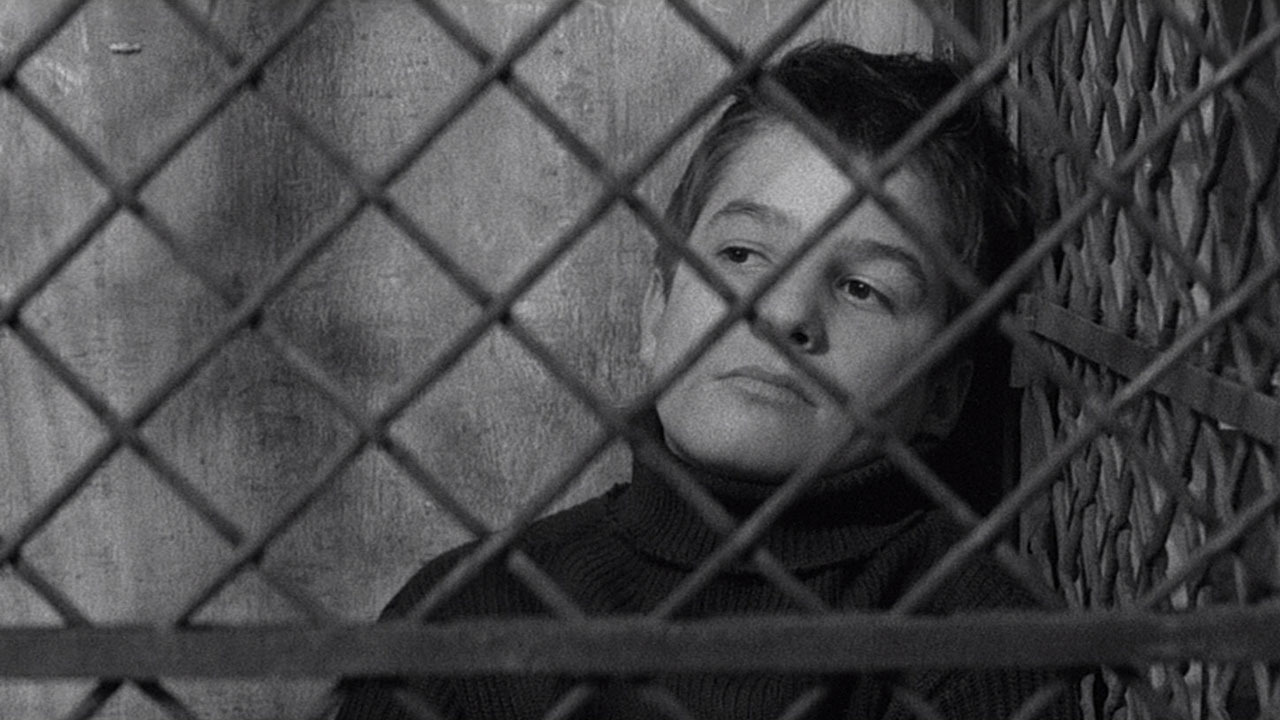
What may be so cruel about the life of a Parisian boy? Oh well… Great François Truffaut made such a resonating movie that after so many years, it is still one beautiful movie that shows you something new with each viewing.
Antoine Doinel was played by Jean-Pierre Leaud, who is a character on his own, giving the audience the feeling of detachment quite well. It seems as if he had been through so much in his short life. He is mischievous, yet innocent at the same time. Dedicated to Andre Bazin, the movie perfectly embodies the French New Wave.
The movie’s final shot, a zoom in to a freeze frame, shows Antoine looking into the camera. Everything in the film adds to the impact of the final shot. Simple in black and white, it makes us look at the little details that define Doinel. Right down to the moment when he is caught, you can’t help but root for him.